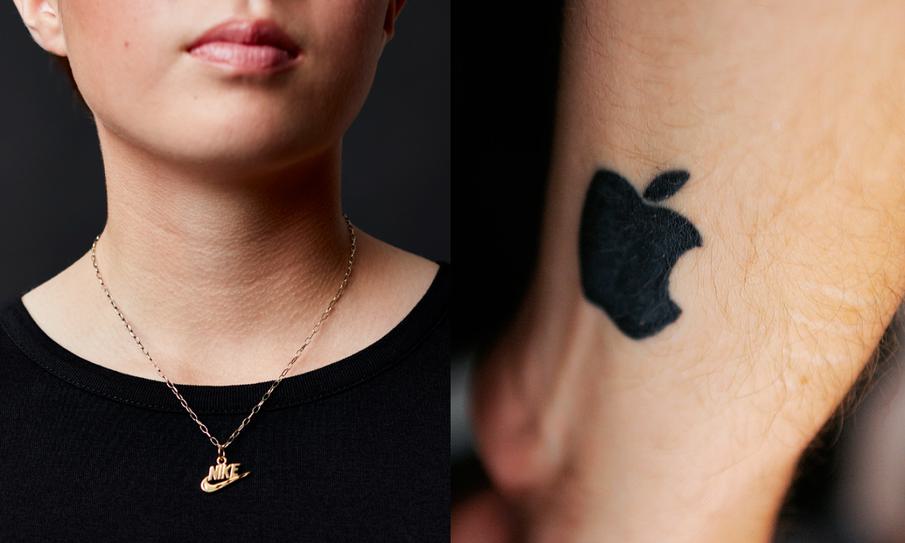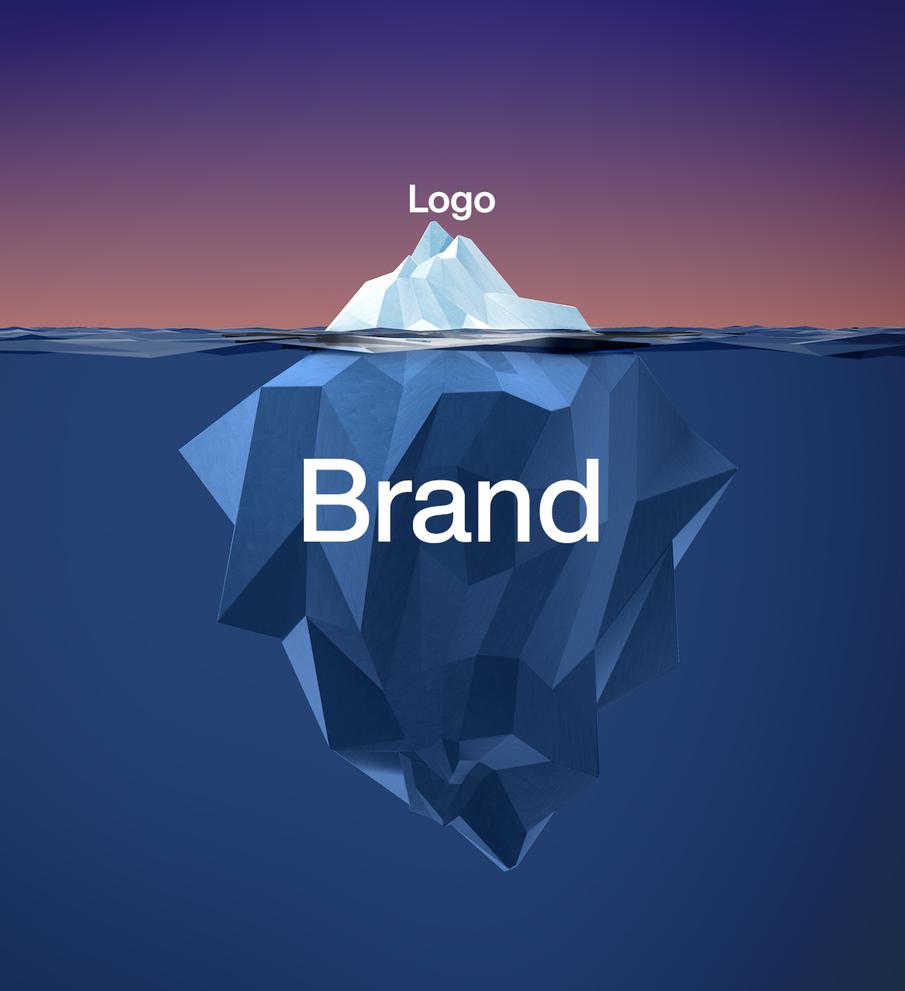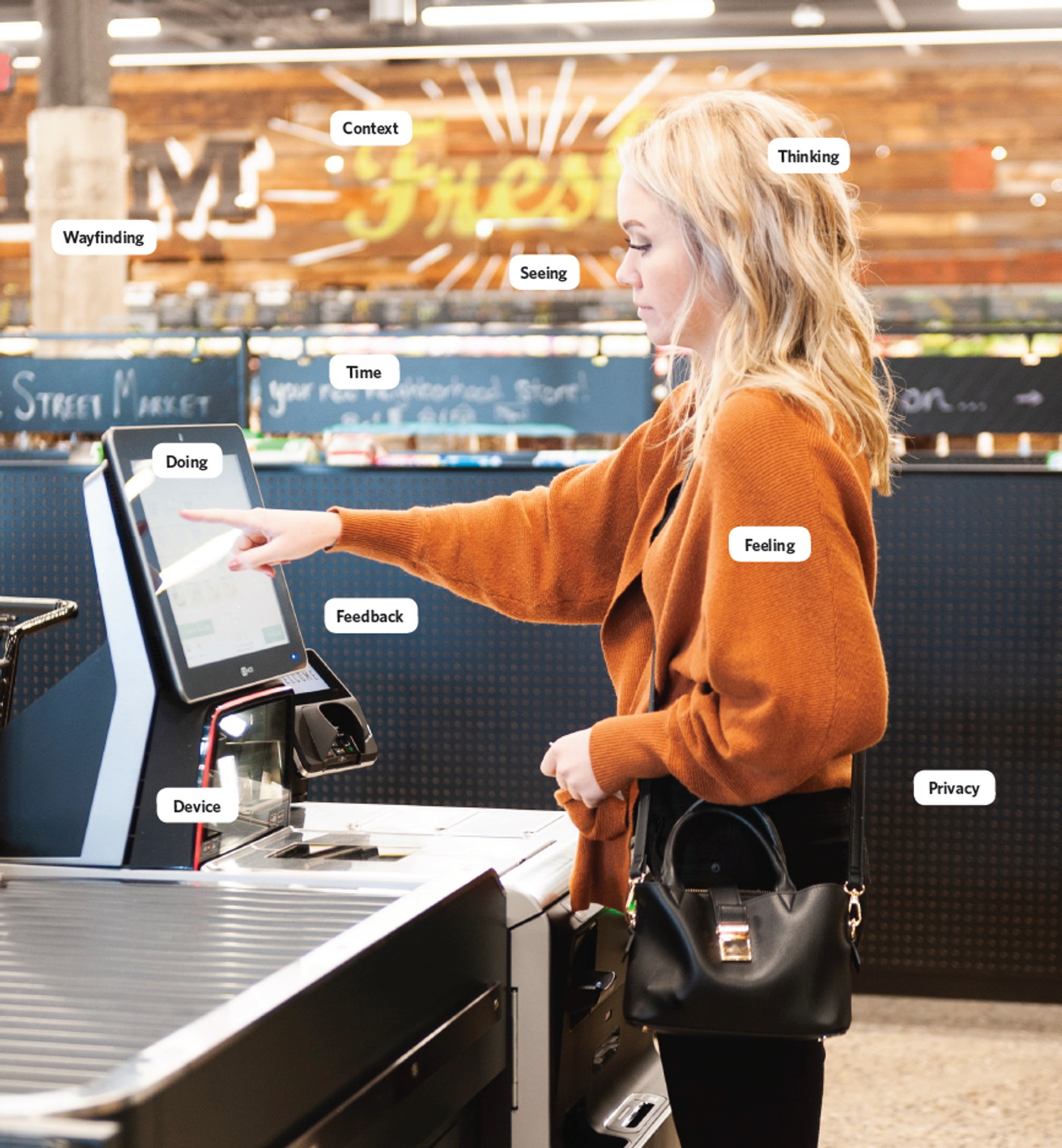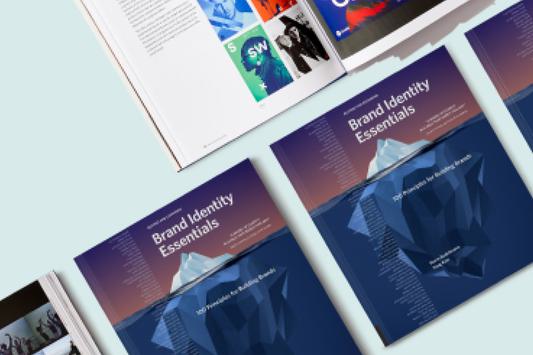
Peopledesign
The Built Environment
Furniture
Lighting
Textiles/Upholstery
Flooring/Carpet
Building Materials
AE Firms
Brands, Beliefs, and Experience
Brands, Beliefs, and Experience
Brands are bigger than they appear.
As people make choices in their personal and public lives, they seek meaningful experiences. A brand is a way for them to encapsulate and describe these things, often in a commercial context. A cynic may view branding as deception, but power in the right hands can yield positive results with a cultural impact—from the biggest ideas to the smallest details.
Brands and Beliefs
It seems like everyone has an opinion about brands. We all believe we know branding, yet there are many definitions and interpretations.
Businesses consider brand development as part of a marketing plan, a way to package products and services. The news media understands branding as a tool of persuasion, public relations, or reframing an argument. Is it an estate tax or a death tax? And yet, no one wants to be “branded.” After all, the word originated with ranchers forcibly tattooing livestock to keep track of them.
We don’t want to see ourselves as part of the herd; we like to see ourselves making individual choices.

People love brands—and love to hate brands. That can be okay; brands are like magnets. The strength of a brand can be measured by its magnetic attraction to the people it serves. So, it’s better for a brand to be hated than forgotten. In fact, given all the decisions that go into building a strong brand, it’s nearly impossible to generate brand love without generating some hate. Savvy brand builders know what makes people feel passionate and why brands attract some people and push others away.
Brands are about choices and the people who make them. Brands are like tribes or clubs, a way of defining and demonstrating our values and beliefs. We align ourselves with brands that express our point of view. In doing so, we align ourselves with others who feel the same way. We’re social animals and long to be part of a group. Historical affiliations mean less to some people, and many seek to build new tribes that reflect their aspirations and beliefs. People opt in—sometimes, all in—with stickers on their laptops or cars, logos on their clothing, and tattoos on their bodies. A logo can be a cultural symbol. The identity of a brand reflects the personal identity of its participants.
Brands are about gaining trust through experience. Earning trust is a long, slow process. Trust is easy to lose and hard to gain back. Do we trust our politicians? Big business? Social media platforms? How did we lose trust? What would have to happen for us to trust again?
A brand's identity, as with a person, begins and ends with experience. Keeping our promises creates a positive perception.
Learn From Us
Insights in your inbox!
Building Brands
When building a brand, think of an iceberg in which only the tip is visible. Most of what makes up a complete iceberg exists below the waterline. The same is true for brands. The parts we see are the most celebrated and understood—and the most dangerous if you don’t watch where you’re going. That’s why, so often, brands are equated with logos.
Even though it’s the most identifiable expression of the brand, a logo is not a brand. A logo is a symbol of a brand.

Brand building can be divided into two primary endeavors: brand meaning and customer experience. Brand meaning is a key question involving positioning—making strategic choices about audiences and promises. Brand identity is about perception, what people think, and what you might want them to think. Brand perception is the net result of customer experiences. The difficult truth is that your weakest link can define your brand perception. Branding means being intentional and making choices that build your desired identity.
People make decisions every day on behalf of the organizations they represent. These seemingly small decisions affect how customers interact with and think about a brand. Too often, these decisions don’t add up to a cohesive whole. Moreover, the mosaic of customer interactions can result in a brand experience that does not reflect your intended brand meaning. We don’t always do what we say.

The work of brand building involves making strategic and tactical choices that affect customer perception and experience. Some decisions are easy to see, like the tip of an iceberg, but many are hiding and can have an even greater impact. The aim is to think about the problem of brand building holistically, noting how all the parts and pieces work together to achieve a cumulative effect.
Brand building is a journey, not a one-time event. It takes patience and practice. It requires decision-making, discipline, trial and error, measuring, learning, and course correction. Working systemically doesn’t guarantee success, but it can increase your odds of building a strong brand.


